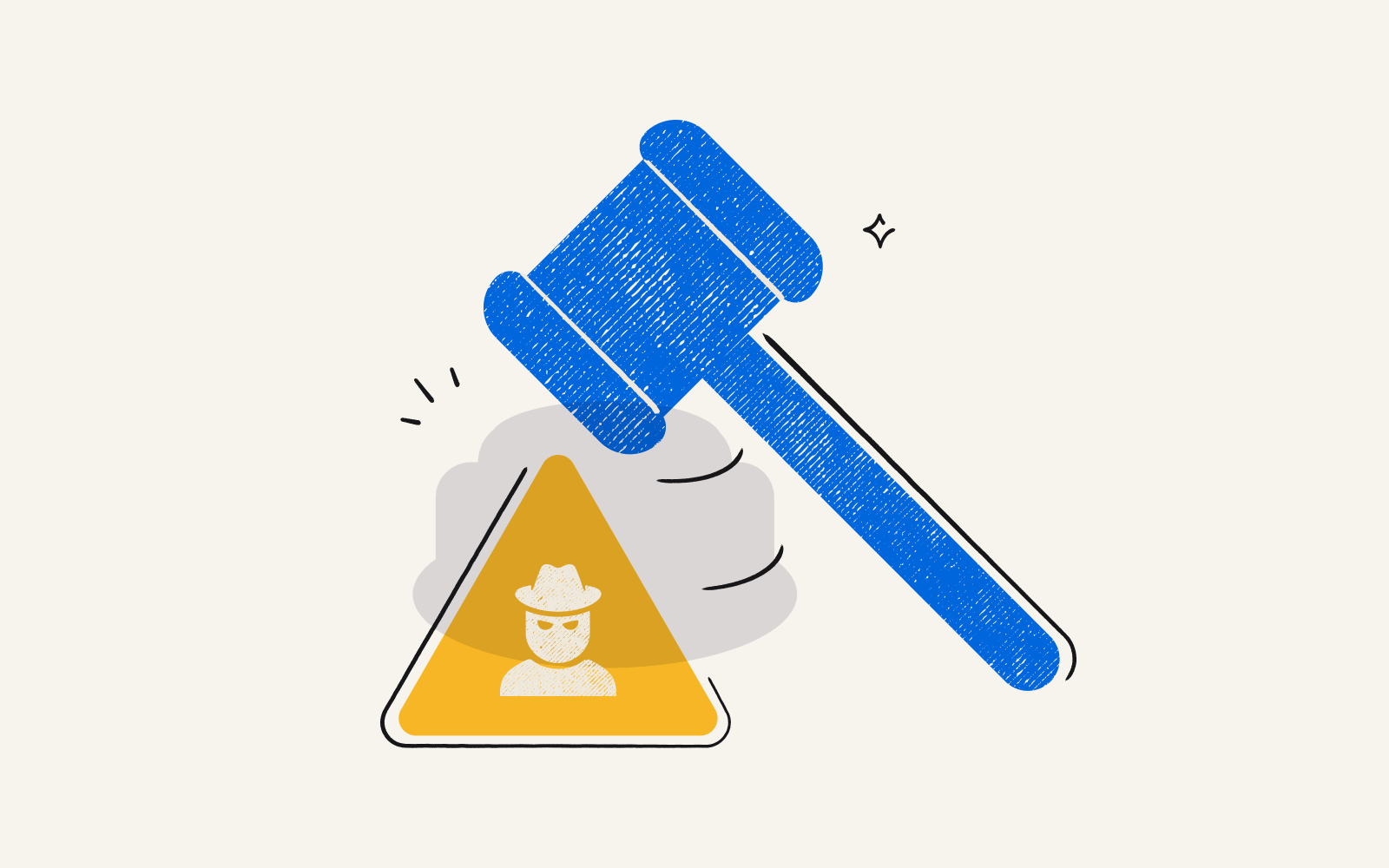The meteoric rise of class action fraud
By Nick Baum|6 min read|Updated May 9, 2024

Fraud has long been a concern with class action payments, but it’s getting markedly worse. Crime rings have siphoned millions of dollars from high-profile cases by filing a legion of automated claims.
Administrators for the 2021 Celsius Holdings settlement found that 49% of its 1.77 million claimants were fraudulent. This year, a settlement over Juul electronic cigarettes reported that 80% of its 14.4 million claimants were from scammers.
Fraud is rampant in open classes that don’t require claimants to submit proof to verify they were affected. It’s a delicate problem: firms want to ensure claim rates are high, but the low barrier to entry is a breeding ground for fraud.
Worse still, fraud tactics are only getting harder to spot. Fraudsters are becoming more sophisticated in their methods, and for good reason.
Class action fraud is big business. Companies paid out $54.1 billion in class action settlements in 2023 alone. The most advanced scammers stand to make millions of dollars. They’re highly incentivized to refine their techniques, identify security barriers in the way of their payment, and devise strategies to get around them.
This is, of course, a nightmare for legal administrators. Verifying the identities of hundreds of thousands of claimants is a time-consuming process. Until now, there hasn’t been a good way to spot or stop fraud.
That’s why Tremendous developed a multi-layered approach built to block fraudsters exploiting the most common vectors for fraud.
The evolution of fraud: from grifts to gangs
In 2019, a fraudster in a foreign country set up a bot to submit claims for a $15 million settlement with chocolatier Godiva. The administrators eventually realized that 47% of all claims in the class were fraudulent.
This attack is one of a growing number from large-scale, highly sophisticated gangs of fraudsters targeting the class action space. Increasingly, legal administrators are seeing massive amounts of fraud originating from criminal enterprises engaged in automated claim submission.
These scammers submit information to get payments via bots and other forms of automation. Fraudsters taking this tack are often foreign actors.
Publicly-advertised class action cases with an impressive headline figure attract large, organized groups of cybercriminals. If these gangs find out the enrollment process is straightforward and lacks extraneous verification steps, they’ll pounce.
Bad actors overrun administrators with hundreds of thousands of claims. If even one or two percent of their claims evade scrutiny and security defenses, they can expect a windfall of cash.
This vector for fraud stands in stark contrast to the small-scale grifts of the past. Administrators once mostly contended with individuals claiming the same class action multiple times, or submitting a single claim across multiple open class action cases. Manual fraud by individuals doesn’t cause nearly the level of chaos automated scams cause now.
The legal administrators on the other side of automated scams are tasked with a significant challenge. They need to accurately determine which claims amongst a sea of submissions are legitimate, which can take days of tedious manual review.
Fortunately, legal administrators can now use automated tools to drastically increase both the speed and accuracy of their review. With the continued escalation of fraud, attorneys and courts will expect administrators to find a low-cost and effective solution.
How Tremendous stops fraud in legal disbursements
Fraudsters are well-versed in the security protocols of various settlement administrators and their payment vendors.
If they realize that emails are being verified via one-time codes, for example, they'll simply spin up large banks of emails that they can verify themselves to circumvent the obstacle.
A single tactic will not solve the fraud problem for good. As soon as fraudsters understand the prevention mechanics blocking their payment, they will find a way to bypass them.
Rather than relying on a single tactic, Tremendous employs a series of security barriers.
Our fraud prevention feature is designed to make it as difficult as possible for scammers to successfully claim funds.
Our multi-layered approach to fraud prevention
The Tremendous fraud prevention feature for class actions is designed to flag and block fraudsters both before and after claim submission:
We leverage security measures designed to prevent fraudsters from submitting claims in the first place so administrators receive significantly fewer claims for review. This curbs administrative overhead to prevent cases from being delayed.
After claim submission, we flag duplicate payment information and use AI to identify known fraudsters detected across millions of payments across the Tremendous network.
Finally, we have methods for catching fraudsters at the time of disbursement. If any bad actors manage to get around our first two layers of security, we can disable their Tremendous disbursement when they try to spend it.
The more layers of security standing in the way of fraudsters and their payment, the better. If it’s too costly and resource-intensive for fraudsters to steal money, they’ll give up in favor of an easier, faster scam.
Learn more
For more information on the specific tactics we use to stop fraud, reach out to us at [email protected]. Or, you can learn how Tremendous partners with legal administrators to modernize and safeguard class action disbursements.
Tremendous is the simplest and safest way for legal administrators to send funds to thousands of claimants in more than 200+ countries. We handle tracking, support, and fraud prevention in a single platform.
More than 10,000 companies have used Tremendous to send over $1 billion in legal disbursements, incentives, and rewards. Book a call and get your case disbursed in as little as 48 hours.
Published May 9, 2024
Updated May 9, 2024


